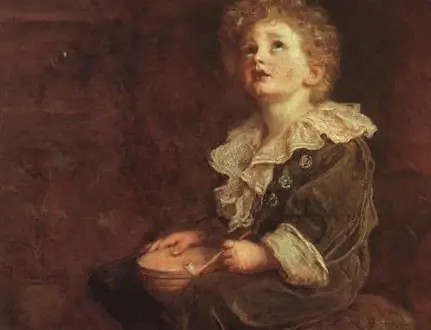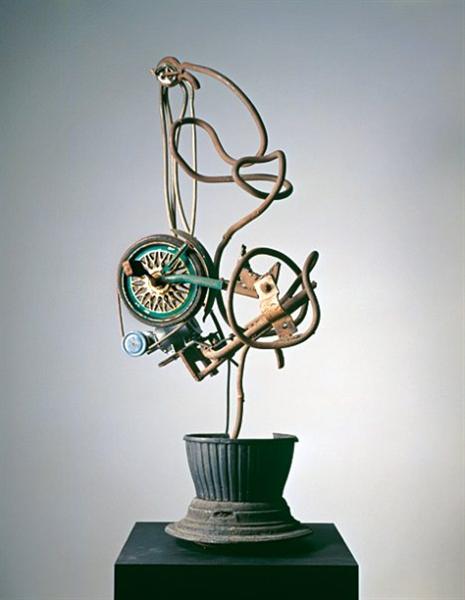Title of Artwork: “Bubbles”

Artwork by John Everett Millais
Year Created 1886
Summary of Bubbles
Originally called A Child’s World, this painting by Sir John Everett Millais became famous when it was used in Pears soap ads for many years. During Millais’s lifetime, there was a lot of debate about how art and advertising work together.
All About Bubbles
When Millais was older, he was well-known for painting pictures of children. This painting was one of many. It was made by his grandson, William Milbourne James, when he was five years old.
It was inspired by 17th-century Dutch artists who used vanitas art to show how short life is. These sometimes showed young boys blowing bubbles against a background of skulls and other signs of death.
In this painting, a young boy with golden hair looks up at a bubble, which shows both the beauty and fragility of life. Life and death are shown on each side of him.
A young plant in a pot on one side and a broken pot on the other. He stands out against a dark background.
The painting was shown for the first time in 1886 at the Grosvenor Gallery in London. It was called A Child’s World at the time.
People who work for the Illustrated London News bought the painting. They wanted to use it in their newspaper. People who work for A & F Pears, like Thomas J. Barratt, saw it when it was printed and made into a colour plate in the weekly newspaper.
Barratt bought the original painting from Ingram for £2,200, which gave him the right to use the picture. A bar of Pears Soap was added to the picture in order to use it for advertising.
Millais had to give his permission. Millais was one of the most popular artists in Britain at the time. He was afraid that his work and his grandson would be used for profit. However, when he saw the proofs of the proposed ads, he came to like the idea that made the soap look like the child used it to make the bubbles.
Afterward, the novelist Marie Corelli wrote a book called The Sorrows of Satan in which she said that Millais had used his talent to sell soap. He told her that he had sold the copyright to the painting, so he couldn’t stop the company from changing the painting when it was made into a poster or T-shirt.
After Millais died, his son said that he had tried to stop the advertisement from being made, but had been told that he didn’t have the right to do so. Corelli changed her mind in a later edition of the book.
People saw the ad so many times that William Milbourne James, who later became an Admiral in the Royal Navy, was known as “Bubbles” for the rest of his life because of it.
Information Citations
En.wikipedia.org, https://en.wikipedia.org/.























